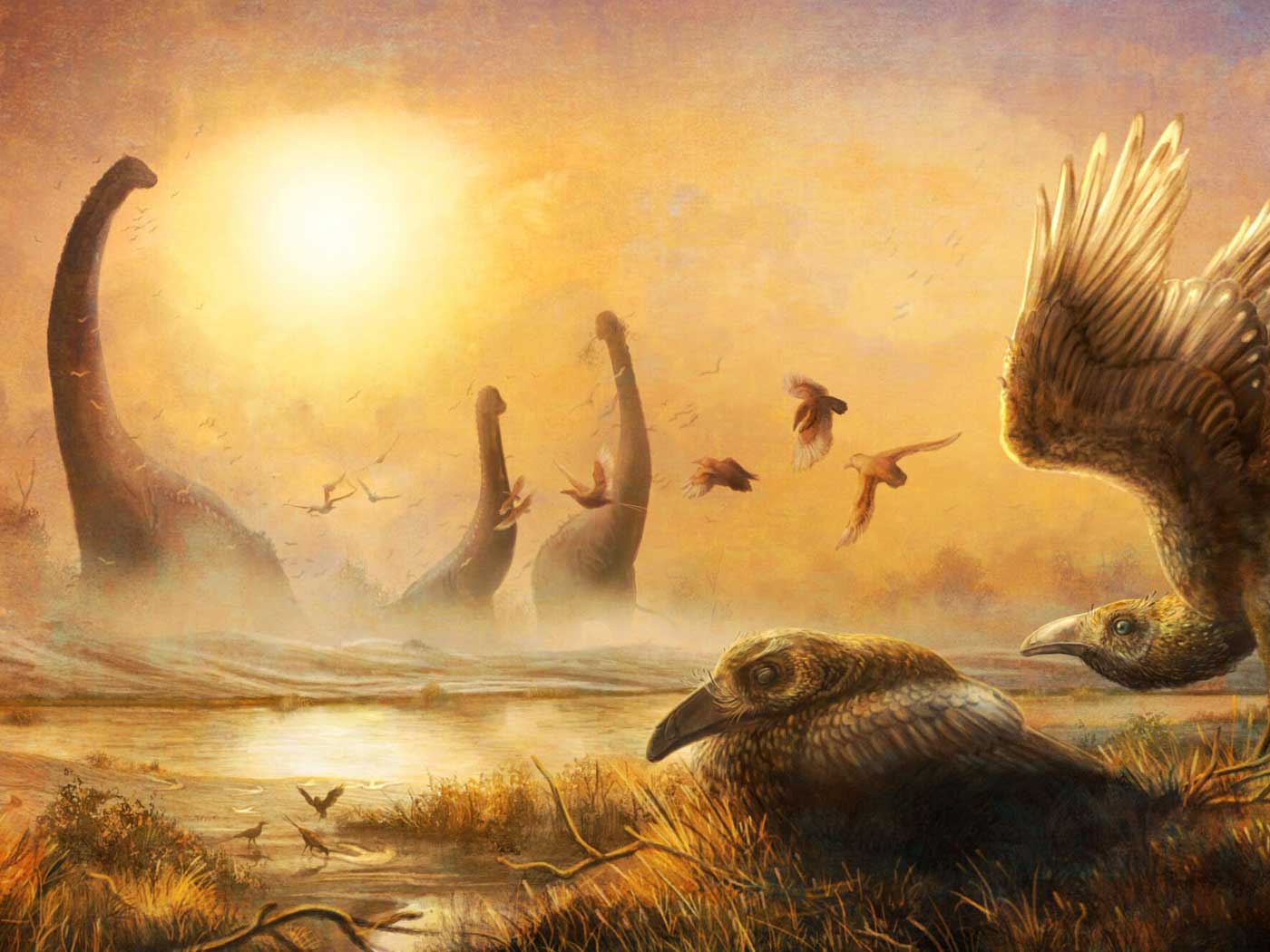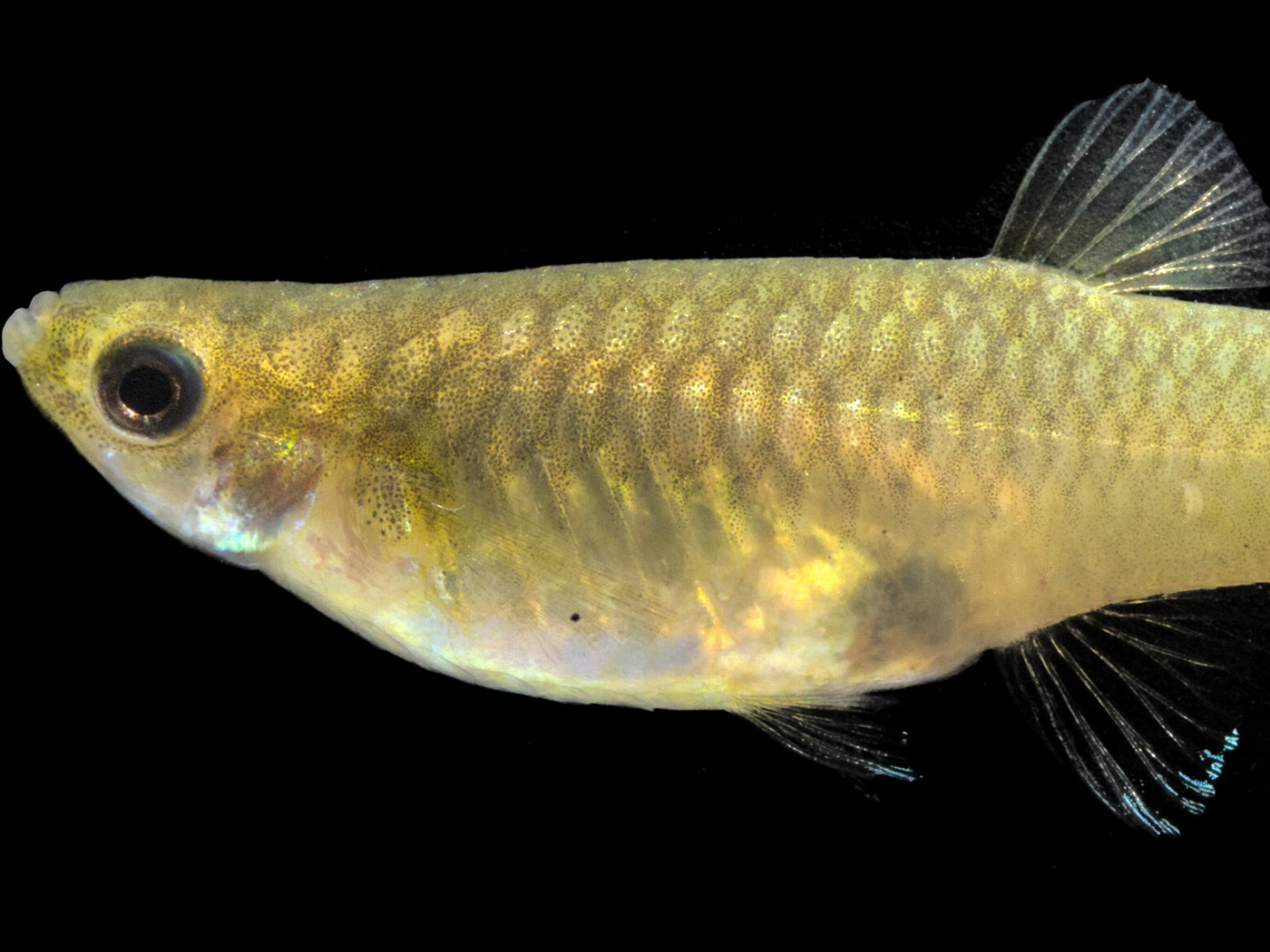Evolutionary biology is experiencing its most serious division over the structure of evolutionary theory since the development of the Modern Synthesis nearly 100 years ago. Last November, Great Britain’s prestigious Royal Society (The Royal Society of London for Improving Natural Knowledge) held a conference to deliberate if evolutionary theory needs to be “extended” or even renovated to accommodate fresh ideas from new discoveries. The article Schism and Synthesis at the Royal Society in the current issue of Trends in Ecology & Evolution by a conference organizer explains why “the discussion witnessed little meeting of minds.”1
The vital importance of this conference was framed in the science journal Nature in a point-counterpoint-style article, “Does evolutionary theory need a rethink?”2 They note that “researchers are divided over what processes should be considered fundamental.” A division over basic processes at the core of any theory suggests that the theory is incomplete, based on misleading research, or broken.
One researcher advocating for a major revision in evolutionary theory (modestly labeled the Extended Evolutionary Synthesis, or EES) is Kevin Laland of the University of St. Andrews. He said that “the data supporting our position gets stronger every day. Yet the mere mention of the EES often evokes an emotional, even hostile, reaction among evolutionary biologists. Too often, vital discussions descend into acrimony, with accusations of muddle or misrepresentation.”2 The bitterness, per Laland, is generated since “this is no storm in an academic tearoom, it is a struggle for the very soul of the discipline.”
The Debate: What Causes Adaptive Innovations?
Another scientist supporting the EES, Gerd Muller of the University of Vienna, had previously stated that one value of the extension would overcome the “restrictions” of “externalism.”3 Externalism is principally a way to think about how organisms are formed. Externalists see an organism’s traits as imposed on it by external conditions.4 These conditions are designated as “selective pressures.” These “pressures” are essentially environmental problems “driving” the adaptation of organisms to produce some trait or traits to overcome the problem. In contrast, most researchers promoting the EES would say that traits which overcome problems are, obviously, due to an organism’s internal systems—and therefore where research should primarily focus.
For example, one Royal Society conference topic was embryonic development. The internalist EES faction contends that, for some organisms, specific traits “could be predicted with knowledge of their mechanisms of development. For these biologists, a bias in development that produces some morphologies more readily than others can shape the course of adaptive evolution. Douglas Futuyma, by contrast, presented a more traditional standpoint in attributing the adaptive characteristics of organisms solely to selection….”5
Internalists also view organisms as possessing a repertoire of traits which are “plastic” enough over multiple generations to enable them to actively explore and fill new niches, rather than be passively driven by selective outside pressures. Thus, another area of departure was over developmental plasticity “which can be viewed as a genetically specified reaction norm fashioned by past selection, and/or as being reliant on more open-ended (e.g., exploratory) developmental processes that are propagated across generations through epigenetic mechanisms.”6
This sharp division at the Royal Society also highlights the completely different approaches to identifying causality for traits. Internalists attempted to describe observable mechanisms. Externalists repeatedly invoked natural selection, prompting one science reporter in attendance to state that “the event would have benefited from someone in the wings with a hook restraining speakers who insisted on relying on the mantra of natural selection to fill in the blanks of their science. Repeated references to the term became almost comical. Sir Patrick Bateson finally came to the rescue, cautioning against overuse of the ‘metaphor,’ saying further that ‘natural selection is not an agent.’”7 Laland also writes that the anthropologist and archaeologist attendees welcomed “the plasticity-first hypothesis” as “vital to their work. For these social scientists, standard gene-centric selectionist accounts provided less satisfactory explanations.”
Different Interpretations of the Same Data
Interestingly, these deep divisions at the Royal Society illustrate an important point that Creationists have been making for years. Evolutionists often claim they have a mountain of data to support their position while creationists have virtually none. Creationists contend they possess the very same data, but interpret it quite differently. Similarly, Laland, who comes from the minority position at the Royal Society, also observed, “This tension was manifest in the discussions where different interpretations of the same findings were voiced…. The conference brought home a key point—these debates are not about data but rather about how findings are interpreted and understood.” So, it seems the debate generally isn’t over which side has data, but is about the best explanation of that data.
Even though evolutionists engage in acrimonious disputes over how evolution could happen, they still unite in the common belief that it did. In their minds, evolution is a fact. “There were points of agreement,” Laland reassures readers. “All parties emphasized that evolutionary biology is a vigorous and progressive field of science. To the chagrin of creationists and some journalists hoping for a fight, no calls for revolution were heard.”
Creationist Theory Better Explains the Data
Creationists have some points of agreement with advocates for the EES. First, we would agree that the Modern Synthesis which proposes that random genetic mutations are “acted on” by progressive iterations of a struggle to survive has some fundamental problems. Problems not only in the sufficiency of those mechanisms to account for the diversity of life, but a basic conceptual problem with the projection of volition onto nature to exercise “agency” as a causal substitute for areas where the handiwork of a real intelligent agent would normally be understood.
We could also agree with Laland that along with the basic research of biologic systems “at least as important are different notions of how the scientific process works, or ought to work. Those speakers at the meeting pushing for change tend to emphasize the role of conceptual frameworks in shaping what questions are asked, what data are collected, and what factors are viewed as causally important.”
The mechanisms discussed at the Royal Society tend to confirm design-based creationist theory that emphasizes active, problem-solving organisms capable of self-adjusting to fill dynamic environments. Creationist theory predicts that if organisms were designed with internal capabilities to continuously track environmental changes then developmental bias and plasticity, then epigenetic mechanisms and many other mechanisms would enable these organisms to fill new niches. Tracking conditions and filling new environments would happen quickly—within the lifetime of a parent—and enhance the ability of offspring to do the same.
In fact, the creationist model of Continuous Environmental Tracking would enable creationists to 1) fully describe, or 2) predict currently unidentified, system elements that a design-based model would indicate are essential to proper function. Since even EES proponents have evolutionary mindsets and are often trapped in naturalistic research programs, they overlook blatantly obvious key system elements that ought to be described or, if unidentified, ought to be investigated.
For instance, developmental bias is only the output response of a system having at least three parts. Though rarely described or even identified in evolutionary literature, an organism must first have a sensor to identify the presence of specific events or changes in its environment; then it needs a corresponding signal to an if-then logic center to direct the third part, the appropriate developmental bias as a response.
Evolutionary theory is in a “struggle for the very soul of the discipline” due to the discovery of pervasive internal mechanisms facilitating self-adjustments…that clearly don’t fit into current theory that posits passive creatures shaped by external conditions. But those mechanisms confirm a model that expects active, problem-solving creatures designed to track changing conditions to “fill the earth” showcasing the wisdom of their Creator—the Lord Jesus Christ.
Evolutionists have had over 150 years to fully develop and fine tune their theory, but they are bitterly fighting over its most fundamental processes. Time and data are on the creationists’ side.
References
- Laland, K. N. 2017. Schism and Synthesis at the Royal Society. Trends in Ecology & Evolution. 32 (5): 316–317.
- Laland, K. et al. 2014. Does evolutionary theory need a rethink? Nature. 514 (7521): 161–164.
- Muller, G. B. and M. Pigliucci. 2010. Evolution: The Extended Synthesis. Cambridge, MA: The MIT Press, 13.
- Denton, M. J. 2013. The Types: A Persistent Structuralist Challenge to Darwinian Pan-Selectionism. BIO-Complexity. 2013 (3): 1–18.
- Laland, K. N. Schism and Synthesis at the Royal Society, 316.
- Laland, K. N. Schism and Synthesis at the Royal Society, 316.
- Mazur, S. Pterosaurs Hijack Royal Society Evo Meeting. Huffpost, The Blog. Posted on huffingtonpost.com November 21, 2016 accessed on April 25, 2017.
*Dr. Guliuzza is ICR’s National Representative. He earned his M.D. from the University of Minnesota, his Master of Public Health from Harvard University, and served in the U.S. Air Force as 28th Bomb Wing Flight Surgeon and Chief of Aerospace Medicine. Dr. Guliuzza is also a registered Professional Engineer.
Image Credit: Copyright © 2017 The Royal Society. Adapted for use in accordance with federal copyright (fair use doctrine) law. Usage by ICR does not imply endorsement of copyright holder.
Article posted on May 18, 2017.
























